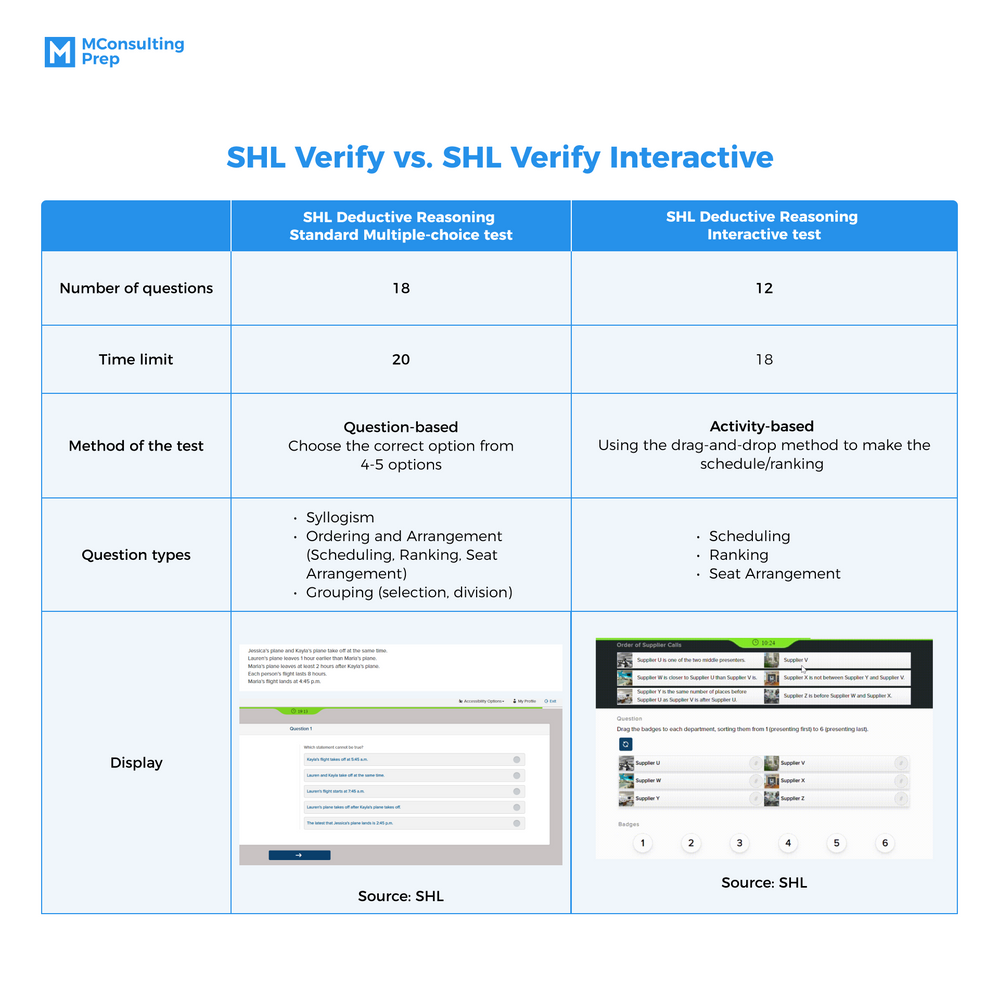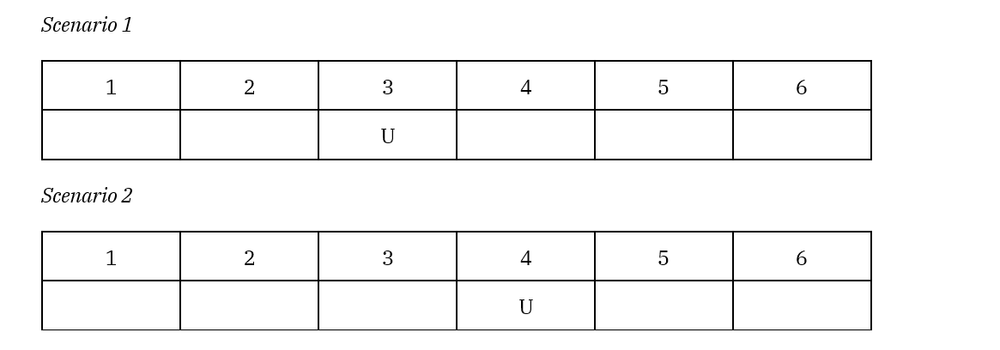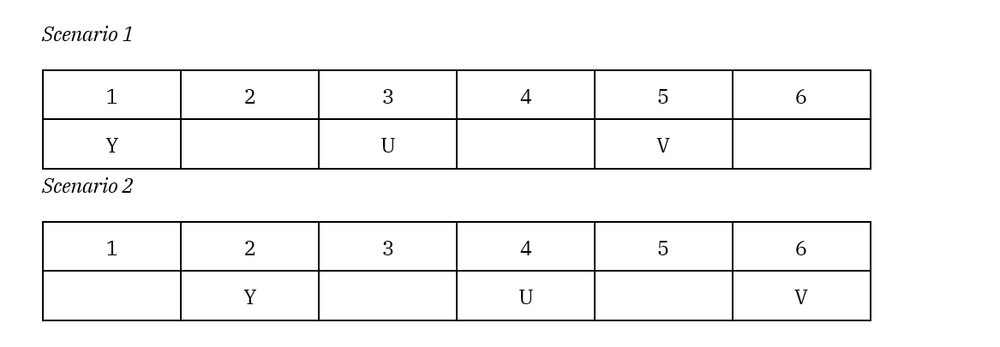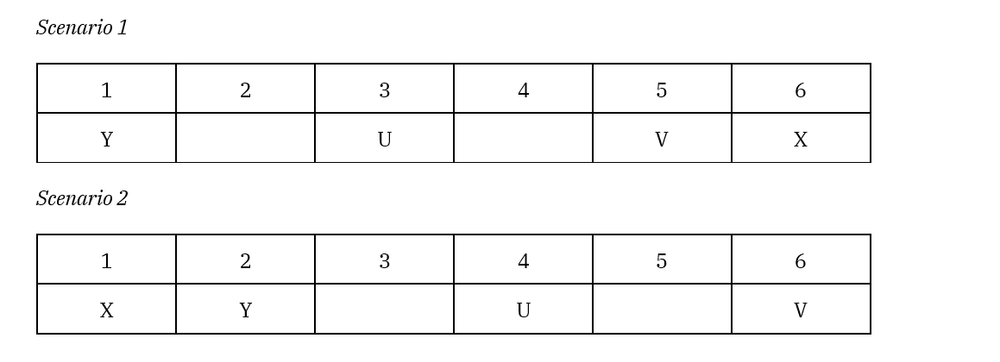As the most prominent provider of Deductive Reasoning tests, SHL Deductive Reasoning Test is frequently used as a crucial part of the assessment process by recruiters to determine candidates’ suitability for required positions.
This article gives you general information related to everything about tests and offers a free mock test to help you pass SHL Deductive Reasoning test with ease.
Table of Contents
What is the SHL deductive reasoning test?
SHL Deductive Reasoning Test is an assessment tool powered by SHL, used to measure the ability to make logical deductions and analytical thinking. The test appears in two formats: multiple-choice question version and interactive version (depending on the company you apply for), which contains a series of syllogism, ordering & arrangement, and grouping questions.

When do you have to take SHL deductive reasoning test?
This test is used to assess candidates applying for positions that require analyzing and evaluating. Therefore, it could be seen in the assessment process for positions in different levels: from fresher to manager, in various industries: engineering, e-commerce, banking & finance, law & legal, consulting, etc.
Numerous companies use the SHL Deductive Reasoning test in their pre-interview assessment such as Mondeliez, Lazada, Deloitte, Vodafone, Microsoft, Generali, etc.
What to expect in the SHL deductive reasoning test?
SHL Test format – SHL MCQ test vs. SHL Interactive test
Currently, SHL provides the Deductive Reasoning Test in two different formats:
- SHL Verify G+ Standard Multiple-choice: consists of questions in which there will be different choices to choose the correct answer from.
- SHL Verify G+ Interactive: consists of a series of puzzles in which test takers must drag or choose the subjects to formulate the answer.
Depending on the hiring company, you may receive a different version of SHL Deductive Reasoning test. The sorts of questions, time constraints, and degree of difficulty vary with each version.

SHL Question types – SHL MCQ test vs. SHL Interactive test
There are three types of questions you would likely encounter in the SHL Deductive Reasoning test, regardless of test format:
- Ordering and Arrangement: you will be asked to assign subjects into seats, room, or arrange a schedule or ranking.
- Syllogism: you use logic deductions to check if the conclusion is true based on the
- Grouping: you make deductions based on given conditions to select certain subjects or divide them into groups.
To understand how to solve each type of question, you can see the examples below or check out our article on How to pass Deductive Reasoning Test with our free practice.
Here are the examples of this question type in both versions:
Example 1

Question
All wood parts must be sanded with a belt sander.
Some steel parts are sanded with a disk sander.
Some wood parts are sanded at more than one speed.
Ian operates a belt sander.
Each steel part is sanded and etched with the same tool.
Which statement must be true?
A. Ian operates a sander that has more than one speed.
B. Only disk sanders are used to etch steel parts.
C. Some disk sanders can be used for sanding and etching.
D. Ian sands wood parts.
E. Ian sands and etches items.
Answer: D
Explanation:
In the question, we have to find the “must be true” statement ⇒ The correct answer must be the statement that is always TRUE based on the given premises.
Option A: Ian operates a sander that has more than one speed.
We have “Ian operates a belt sander” and “All wood parts must be sanded with a belt sander” ⇒ Ian operates a sander that sands wood parts.
However, only some wood parts “are sanded at more than one speed” ⇒ There is not enough information to conclude that Ian uses his sender to send those wood parts “at more than one speed”
⇒ Option A is eliminated
Option B: Only disk sanders are used to etch steel parts. ⇒ All steel parts are etched by disk sanders.
However, we know that only “some steel parts are sanded with a disk sander.” ⇒ We don’t have enough information about whether there are steel parts that are NOT sanded with a disk sander.
⇒ Option B is eliminated
Option C: Some disk sanders can be used for sanding and etching.
⇒ No information on the premises can lead to this conclusion.
⇒ Option C is eliminated.
Option D: Ian sands wood parts.
We have “Ian operates a belt sander” and “All wood parts must be sanded with a belt sander” ⇒ Ian operates a sander that sands wood parts.
⇒ This statement is TRUE.
Option E: Ian sands and etches items.
⇒ We only have Ian operating belt sanders, we have no information to know whether the belt sanders can be used to etch items – or whether Ian operates a disk sander (which can be used to sand and etch steel parts).
⇒ Option E is eliminated.
Example 2
Illustration of how to answer Order & Arrangement questions in Verify G+ Interactive test
Question
The following is the rule to arrange 6 supplier calls – U, V, W, X, Y, Z
Supplier U is one of the middle suppliers.
Supplier W is closer to Supplier U than Supplier V is.
Supplier X is not between Supplier Y, and Supplier V.
Supplier Y is the same number of places before Supplier U as Supplier V is after Supplier U.
Supplier Z is before Supplier W and Supplier X.
You have to sort the Suppliers into order from 1 (presenting first) to 6 (presenting last)
Answer & Explanation:
Supplier U is one of the middle suppliers. ⇒ We have two scenarios

Supplier W is closer to Supplier U than Supplier V is. ⇒ The number of places between W and U must be smaller than that between V and U. ⇒ The number of places between V and U must be at least 1.
Supplier Y is the same number of places before Supplier U as Supplier V is after Supplier U. ⇒ Based on the two scenario we have:

Supplier X is not between Supplier Y and Supplier V. ⇒ Based on the two scenario we have:

Supplier Z is before Supplier W and Supplier X. ⇒ Only scenario 1 meet this rule. So we have

This is our final arrangement.
How much should I score to pass the SHL deductive reasoning test?
The noticeable thing about the SHL test is that it compares your score with the score of all candidates participating in the assessment round to calculate your percentile (the percentage of the candidates whom you score higher). After finishing the test, you will receive a report card that contains your grade from A to E. Here is the table to determine your percentile based on grades:

The passing score (or percentile) will depend much on:
- the number of people taking the test with you
- the number of people hired for that position
To be considered for passing the test, one candidate must be in at least the 75% percentile compared to the norm group. However, most company is looking for the best potential candidates. It means that the safe score is 85% percentile.
The candidates who pass the SHL Deductive Reasoning Test are considered to possess suitable abilities such as problem-solving, strategic thinking, and decision-making skills.

There are a few reasons which make the SHL test hard to anticipate within the test:
- Each test is created from a question bank. This means the test will differ for each candidate while the difficulty level remains consistent among all candidates.
- SHL Deductive Reasoning test covers different types of deductive reasoning questions, and each question can present a different complex logic model within. Without full preparation for each type, you will struggle to finish each question within the time limit.
- You CAN NOT change your answer after you have chosen and moved on with a question. You DO NOT have a second chance in the SHL test.
- The time for the test is extremely limited. For an average of 20 minutes for the test, you only have around 60 seconds to complete one question.
- You will receive minus points for the question you haven’t answered within the time limit.
SHL has no penalty for incorrect answers, ONLY counts correct answers. Make an educated guess if you are not sure about an answer.
Practice SHL deductive reasoning tests with MConsultingPrep
Is practicing with the SHL sample test enough?
Normal, your SHL assessment invitation email usually includes a link to SHL Direct – SHL’s practice site containing several sample tests.
The invitation email doesn’t tell you which SHL version you should practice for (interactive or non-interactive – which differs greatly).
The score report you get at the end (only for the non-interactive version) doesn’t say which questions you got right or wrong, so you can’t tell what areas to focus on. Also, you don’t get any solutions, feedback, or explanations; thus you’re unable to learn from your mistakes.
SHL Direct’s practice tests include only a small fraction of the actual question types. Additionally, some of the questions’ difficulty level is easier than the real test. SHL even mentions that on their page by saying that the practice tests’ level may not reflect the real thing.
Ace SHL deductive test with MConsultingPrep Deductive Package
Our Deductive Reasoning Package provides a wide range of questions with a difficulty level from easy to hard. It is essential for you to pass the SHL Deductive Reasoning test easily.
- SHL tests are strictly timed
⇒ Our Deductive Reasoning Practice Tests allow 60-90 seconds for each question, depending on the difficulty level, from medium to hard.
- SHL test questions contain different complex logic models to solve
⇒ Our Deductive Package not only covers different types of question with different logic models, but it also contains step-by-step explanations with illustration to recognize the interpret the logic models into the correct answers.
We offer a free deductive reasoning test for you to better visualize how our Deductive Reasoning Package work. With adequate practice with our guide and practice tests, you can understand thoroughly to master the SHL Deductive Reasoning questions.
/filters:quality(75)//case_thumb/public/1699589977462_aptitude_tests_package_4_x.png)